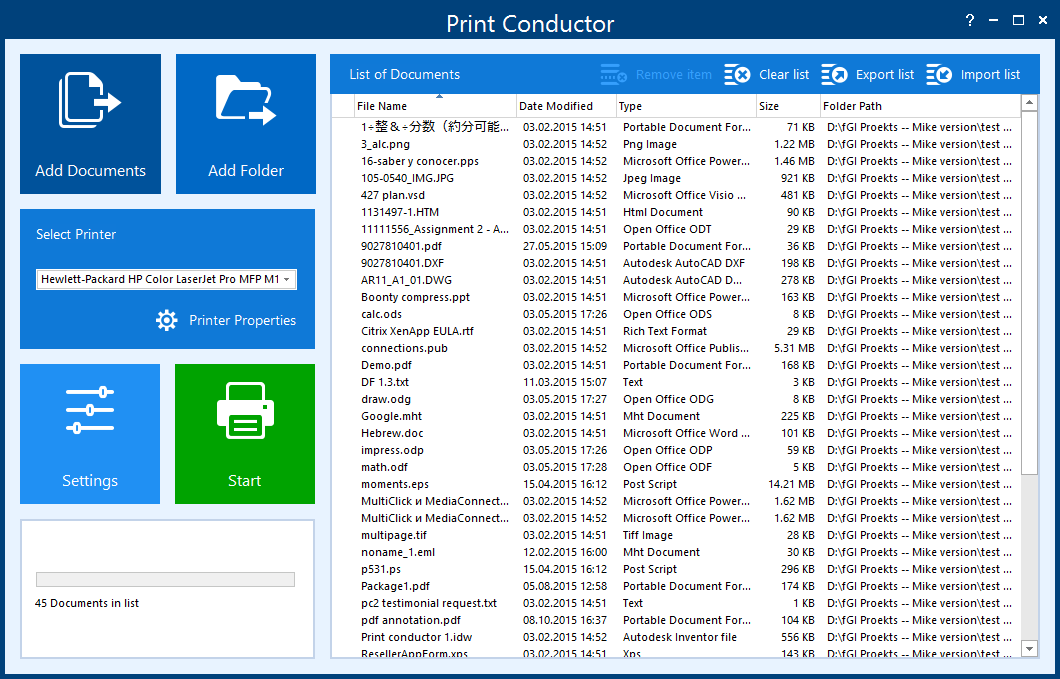


There is currently research underway into addition of metallic fillers such as copper and aluminium also. Sintered MaterialsĪnyone with access to a SLS machine will be pleased to hear that there are options available (and in development) to those who enjoy sintering things. A google search of the term “conductive X filament” (with “X” being your thermoplastic of choice) will yield a fairly huge selection to choose from. There are a lot of smaller companies offering these conductive filaments, yet strangely we don’t see much from the larger companies.įans of tougher thermoplastics such as ABS, TPU and PC will be pleased to know there are plenty of options for conductive variants of this polymer. Similar to ESD materials, conductivity generally tends to be manipulated by addition of some form of carbon to the feedstock during filament manufacture. Extruded Materialsįor a while, filaments have been available in conductive form. Here are a few options for you, depending on what type of additive manufacturing process you are using. This is compared to dissivative (ESD) materials which lie in the range of 1 x 10 5 Ω/ sq to 1 x10 11 Ω/ sq.Ĭonductors allow electricity to flow, and so have a bunch of potential uses, ranging from 3D printed circuits, wearable tech and maybe even one day, conductive substrates for electroplating. This article, we will look at polymer composites with lower surface resistivity, in other words, electrically conductive 3D printing feedstocks.Ĭonductive materials have a surface resistivity of less than 1 x 10 5 Ω/ sq. These are materials that are safe against electrostatic discharge, and have uses largely in electronics manufacturing. Last week we took a look at ESD safe materials for 3D printing.


 0 kommentar(er)
0 kommentar(er)
